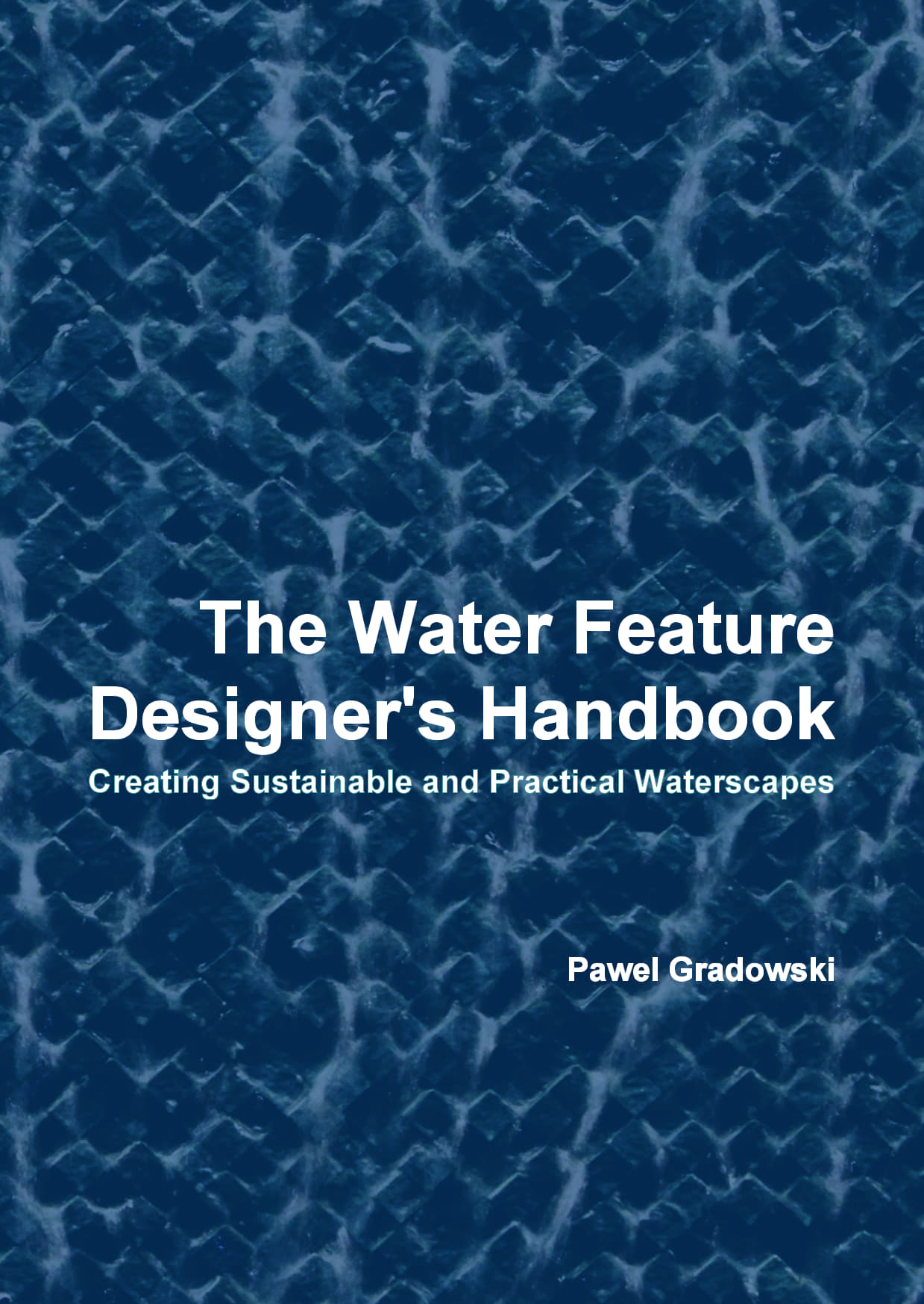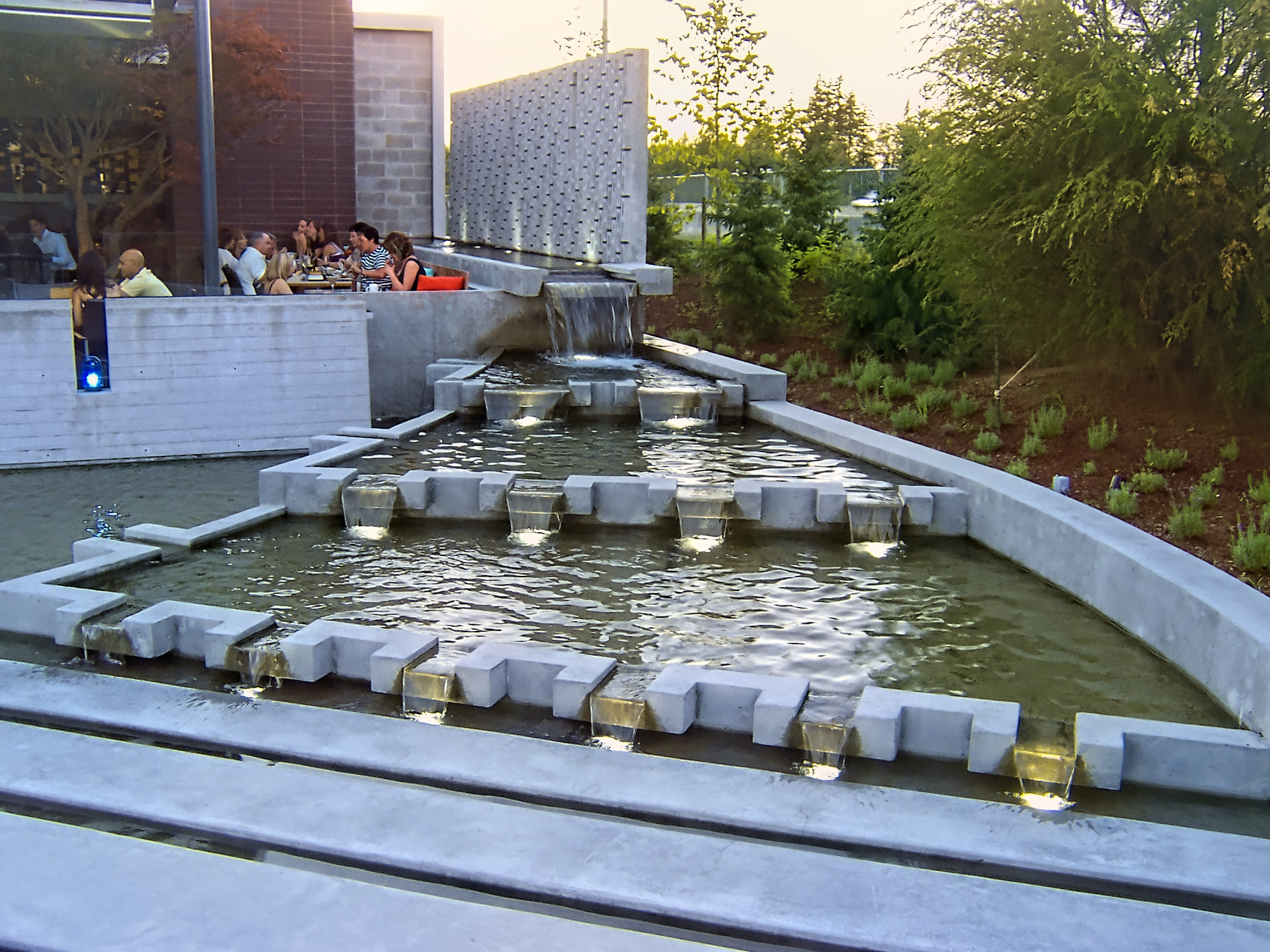
Water as an Asset: Designing for Scarcity, Storage, and Sustainability

Water scarcity is no longer a distant concern—it is one of the defining challenges of our time. As rainfall becomes less predictable and groundwater reserves are depleted, we must start seeing rainwater not as waste to be drained away, but as a valuable resource to be captured, stored, and reused. Every drop counts—whether for replenishing aquifers, supporting ecosystems, or sustaining our communities.
Landscape architects are uniquely positioned to lead this shift. Operating at the intersection of ecology, engineering, and design, we understand how to shape landforms to harvest water while balancing both technical and environmental demands. From detention and retention ponds to infiltration trenches and rain gardens, we have the tools to recharge groundwater, reduce strain on aging stormwater systems, and soften the destructive surges that storms unleash on urban rivers.

The critical challenge lies in storing water effectively. Underground storage reduces evaporation and protects quality, but it is costly and often disconnected from the ecological web. Surface ponds, by contrast, are more accessible and can benefit both people and wildlife—but only when carefully designed to minimize evaporation, safeguard water quality, and provide habitat. A well-crafted pond is more than storage: it can sustain biodiversity, attract pollinators, and enrich human experience with places of beauty, relaxation, and connection. However, frequently lacking technical grounding, many water features waste water, become stagnant, are costly to operate and maintain, or are abandoned altogether. These issues reinforce the mistaken idea that water features are mere indulgent luxuries rather than vital infrastructure.
The lesson is clear: water features can and must be designed as multifunctional assets—conserving potable resources, supporting ecosystems, and enhancing urban livability. Doing so requires both creativity and deep technical expertise.
This is the purpose of The Water Feature Designer’s Handbook. It bridges the gap between artistic vision and engineering precision, providing designers with the knowledge to create waterscapes that truly work—for people, cities, and nature. To explore the full insights within this 680-page guide, available in both print and e-book formats, just scan the QR code or visit www.LASquare.org.


